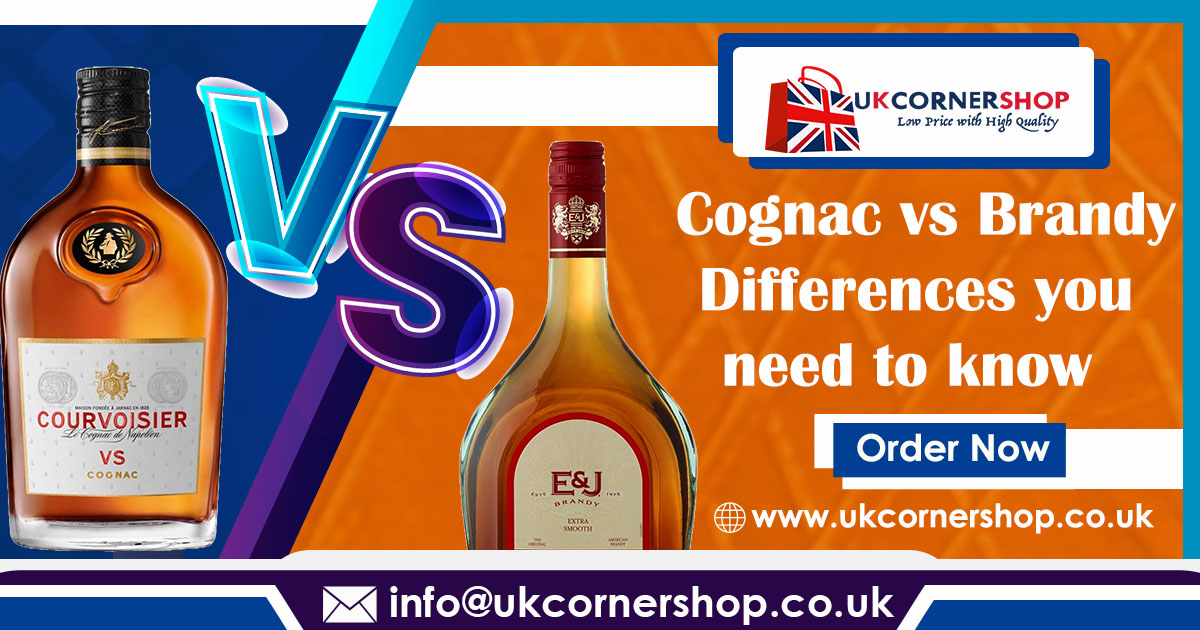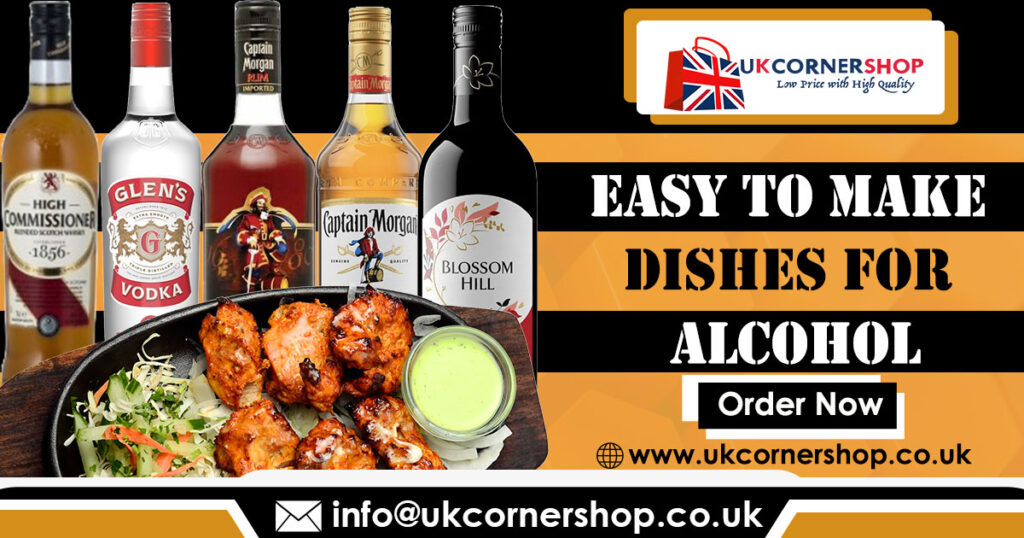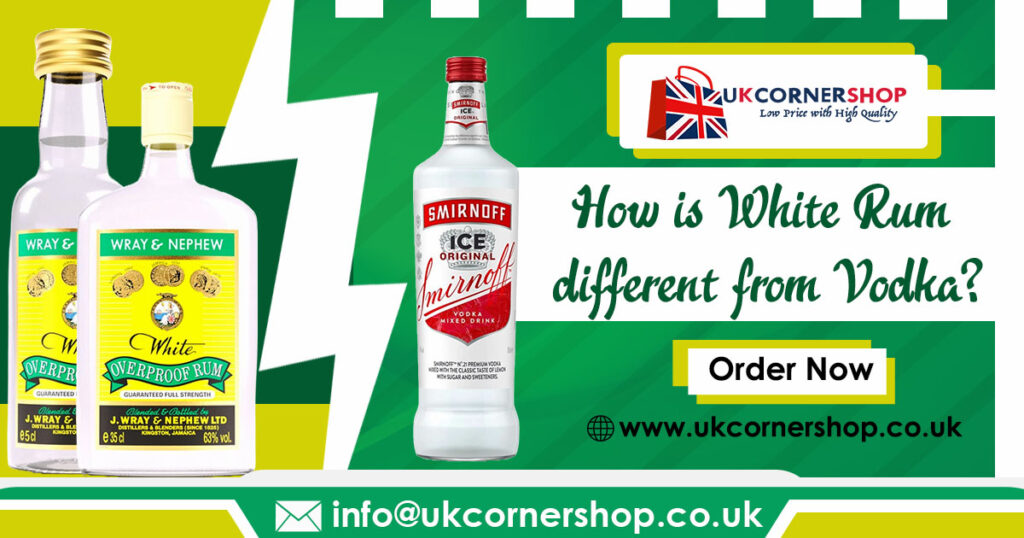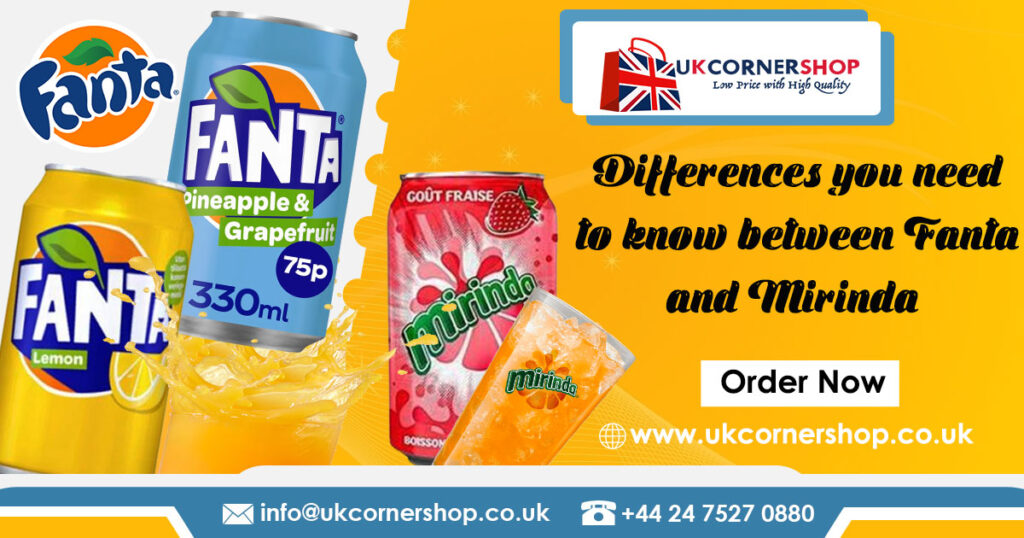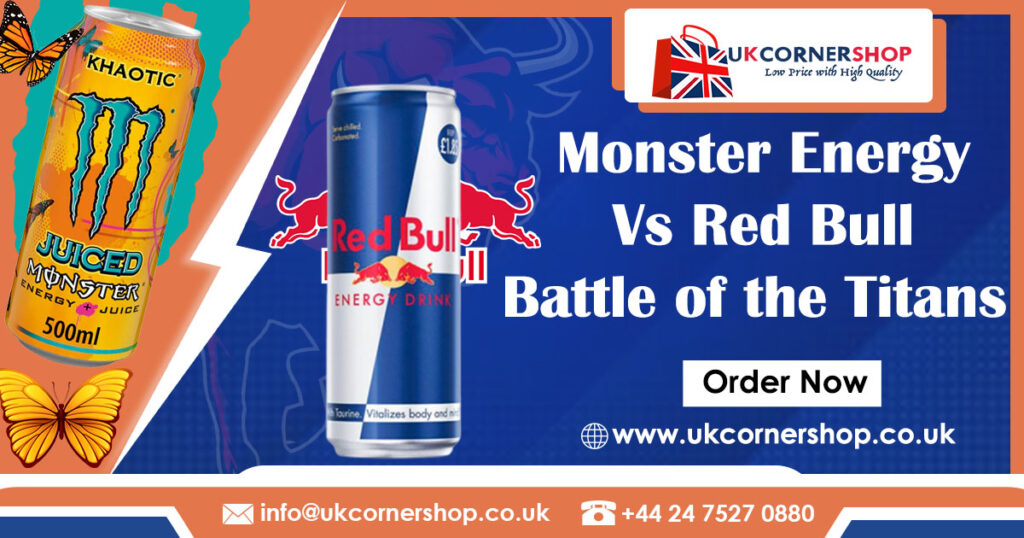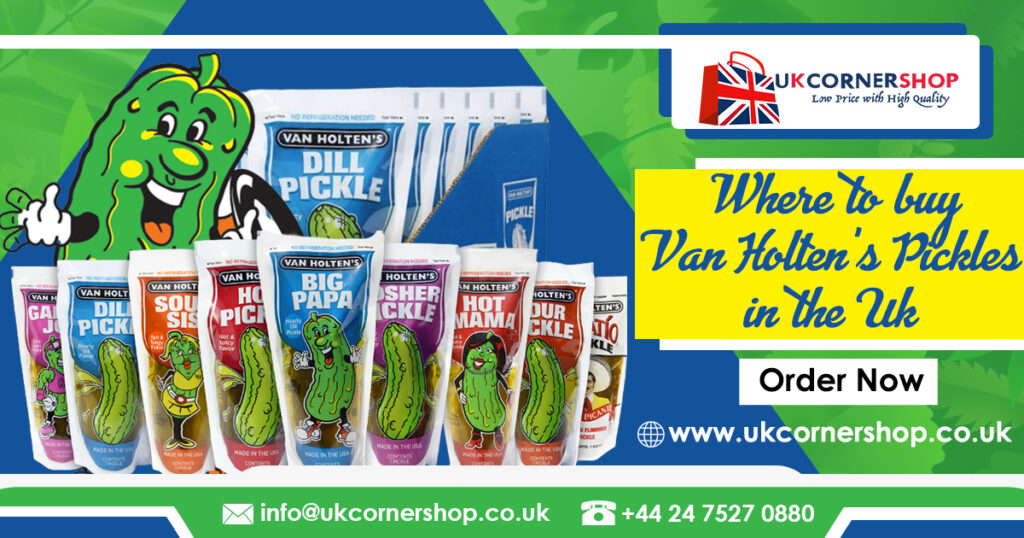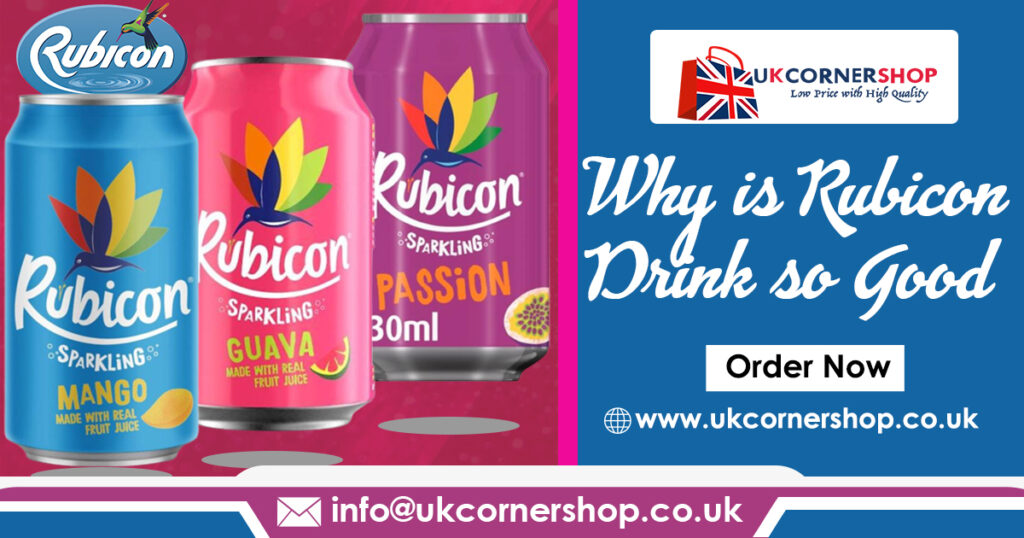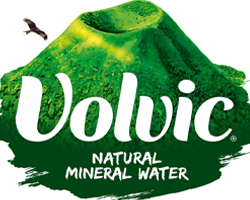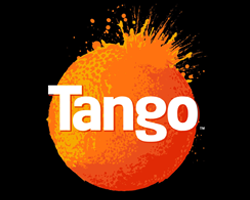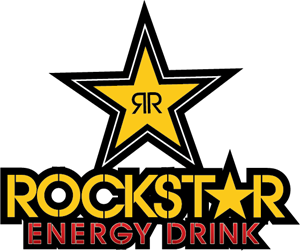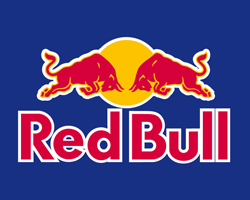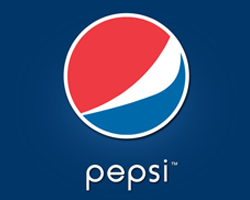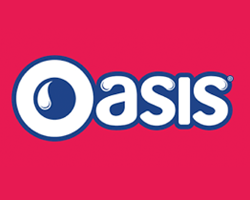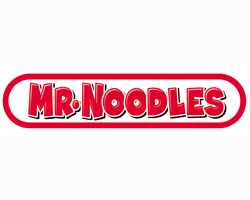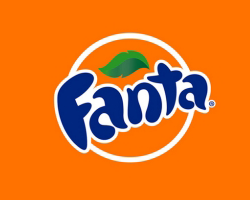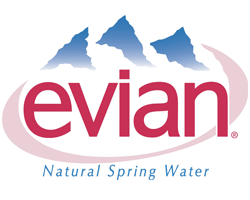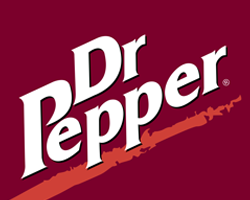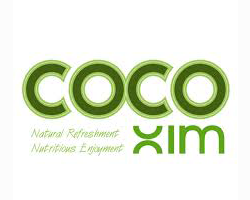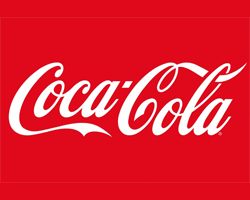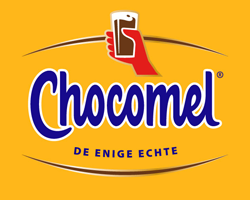Cognac and brandy are both renowned spirits with rich histories and complex flavors. But many enthusiasts may find themselves puzzled by the distinctions between the two. Both beverages originate from distilled wine, yet their production processes, regions of origin, and flavor profiles set them apart. In this article, we’ll delve into the differences that make cognac and brandy unique, shedding light on the intricacies of these two delightful spirits.
History of Brandy and Cognac
Brandy: A Journey Through Time
The history of brandy can be traced back to ancient civilizations where the art of distillation was discovered. The word “brandy” is derived from the Dutch word “brandewijn,” meaning “burnt wine.” The first evidence of distilling wine into brandy dates back to the 12th century in the Mediterranean region. Arab alchemists perfected distillation techniques, spreading the knowledge through Europe.
In the 16th century, as distillation technology improved, brandy production expanded across Europe. It became particularly popular in France, where it was used for medicinal purposes. The Dutch played a significant role in brandy’s development, introducing the spirit to regions like Spain and Italy.
The global spread of brandy continued during the Age of Exploration, as European powers established trade routes with the Americas, Africa, and Asia. Brandy became a staple on long sea voyages due to its ability to withstand the rigors of travel and its potential for trade.
Cognac: The Elegance of French Distillation
Cognac’s history is closely tied to the traditions of winemaking in the Charente region of southwestern France. The spirit’s roots can be traced back to the 16th century. When Dutch merchants began distilling wine to create a more transportable product for trade. The unique chalky soils and maritime climate of the Cognac region proved instrumental in shaping the character of the grapes. Leading to the birth of a distinct terroir.
The official birth of Cognac as a regulated and protected spirit came in 1909 when the Appellation d’Origine Contrôlée (AOC) system was established. This set strict guidelines for the production, distillation, and aging of Cognac. Ensuring that only spirits produced in the Cognac region and adhering to specific standards could bear the prestigious name.
Over the centuries, Cognac evolved from a pragmatic solution for preserving wine to a symbol of luxury and refinement. The aging process in Limousin oak barrels became a hallmark of Cognac production, imparting the spirit with its signature smoothness and complexity.
Today, both brandy and Cognac continue to enchant enthusiasts worldwide, each with its own rich history and unique characteristics. From the ancient alchemists to the modern craft distillers, the journey of brandy and Cognac reflects the artistry of distillation and the enduring appeal of these timeless spirits.
Cognac vs Brandy – Differences
Geographical Origin
Cognac: Cognac is a type of brandy that hails exclusively from the Cognac region in France. The region’s chalky soils and maritime climate contribute significantly to the grapes’ character, resulting in a distinctive terroir that defines Cognac production.
Brandy: Brandy, in a broader sense, is a spirit derived from fermented fruit juice, commonly grapes. Unlike Cognac, brandy can be produced in various regions around the world, including Spain, Italy, the United States, and South America.
Grapes Used
Cognac: Cognac is crafted primarily from specific grape varieties, with Ugni Blanc being the most prevalent. The strict regulations in the Cognac region dictate the types of grapes permitted, contributing to the unique flavor profile of Cognac.
Brandy: Brandy can be made from a diverse array of fruits, including grapes, apples, pears, and more. The choice of fruit imparts distinct flavors to the brandy, making it a versatile category with a broad spectrum of taste profiles.
Production Process
Cognac: The production of Cognac is a meticulous and regulated process. After the grapes are harvested, they are fermented, distilled twice in copper pot stills, and then aged in oak barrels for a minimum period to attain the desired complexity and character.
Brandy: The production of brandy follows a similar process of fermentation and distillation. However, the variations arise in the aging process, which can differ significantly depending on the type and the region of production.
Aging and Labeling
Cognac: Cognac aging is classified into specific categories such as VS (Very Special), VSOP (Very Superior Old Pale), and XO (Extra Old). The age statements on Cognac bottles indicate the youngest eau-de-vie in the blend.
Brandy: Aging classifications for brandy may vary by country and producer. Common terms include VS, VSOP, and XO, but the age requirements can differ. Some brandies may also carry vintage years, indicating the year of distillation.
Flavor Profiles
Cognac: Cognac is known for its intricate and refined flavor profile, often featuring notes of dried fruit, oak, vanilla, and a hint of spice. The aging process in Limousin oak barrels contributes to the spirit’s smoothness and depth.
Brandy: The flavor of brandy can be diverse and influenced by the type of fruit used, the distillation process, and the aging conditions. Common notes include fruit, caramel, and spice, but the spectrum is broad and varies widely.
Most popular Cognac and Brandy brands in the world
Popular Cognac Brands
Hennessy– Founded in 1765, Hennessy is one of the oldest and most renowned Cognac houses. It is known for producing a wide range of Cognacs, including the popular Hennessy V.S (Very Special), Hennessy V.S.O.P (Very Superior Old Pale), and Hennessy X.O (Extra Old).
Rémy Martin– Established in 1724, Rémy Martin is another historic Cognac producer. They are famous for their high-quality Cognacs, particularly those made from grapes grown in the Grande Champagne and Petite Champagne crus. Rémy Martin VSOP and Rémy Martin XO are among their well-known offerings.
Courvoisier– Founded in 1809, Courvoisier is one of the major Cognac houses. Their products range from entry-level Cognacs like Courvoisier VS to premium offerings such as Courvoisier XO.
Martell – With a history dating back to 1715, Martell is one of the oldest Cognac houses. They are known for producing Cognac from a variety of grape regions, and their portfolio includes Martell VS, Martell Cordon Bleu, and others.
Camus– As the largest independent Cognac producer, Camus has a reputation for crafting high-quality Cognacs. They offer a diverse range, including the popular Camus VSOP and Camus XO.
Popular Brandy Brands
Rémy Martin (Louis XIII)- While Rémy Martin is primarily known for its Cognacs, Louis XIII is an exceptional and highly sought-after brandy produced by the same house. Louis XIII is a luxury Cognac known for its long aging process and exquisite craftsmanship.
Hennessey (Paradis Imperial)– Similar to Rémy Martin, Hennessy is primarily a Cognac producer. However, they also offer premium brandies such as Paradis Imperial, an opulent and rare blend.
E&J– Crafted by the esteemed E. & J. Gallo Winery since 1933, is a notable American brandy renowned for its accessibility and versatility. With variants like E&J Brandy VS and E&J Brandy VSOP, it delivers a smooth and approachable experience, marked by hints of caramel, vanilla, and subtle fruit notes. Ideal for sipping neat, on the rocks, or as a base for cocktails, E&J balances quality with affordability, making it a popular choice in the brandy market.
Pisco Portón– This brand is renowned for its Pisco, a type of brandy produced in Peru and Chile. Pisco Portón is recognized for its artisanal production and dedication to traditional methods.
Cardenal Mendoza– Produced in Spain, Cardenal Mendoza is a well-regarded for its rich and complex flavors. The Cardenal Mendoza Clásico and Cardenal Mendoza Carta Real are popular expressions.
Vecchia Romagna – Originating from Italy, Vecchia Romagna is a brand of Italian grape brandy (Brandy di Vitigno). It has a long history and is considered a classic Italian brandy.
Differences between Brandy & Cognac
While both cognac and brandy share a common ancestry, the differences in production, geography. And flavor make each spirit a unique experience. Whether you savor the elegance of Cognac from the Cognac region or explore the diverse world of brandy from around the globe. Understanding these distinctions adds an extra layer of appreciation to these venerable spirits.
Whether enjoyed neat, on the rocks, or as a base for cocktails. The choice between cognac and brandy ultimately comes down to personal preference and the desire for a particular flavor journey.
Where to buy these popular Brandy & Cognac brands in the United Kingdom?
For those in the United Kingdom seeking to purchase renowned spirits. Such as E & J, Martell, Hennessy, and more, UK Corner Shop presents an extensive selection of wines, beers, and spirits. Operating in the UK, we provide customers the opportunity to acquire these alcoholic beverages at highly competitive prices through our user-friendly website.
Boasting excellent customer service UK Corner Shop is a leading convenience store. Which consistently stands out as the premier choice for all your alcoholic beverage requirements in the UK.



